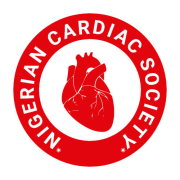

Author(s): Leonard Territo
Introduction: Fetal arrhythmias are a common phenomenon with rather complicated etiologies. Debates remain regarding prenatal diagnosis and treatment of fetal arrhythmias.
Method: The literature reporting on prenatal diagnosis and treatment of fetal arrhythmias published in the recent two decades were retrieved, collected and analyzed.
Result: Both fetal magnetocardiogram and electrocardiogram provide information of cardiac time intervals, including the QRS and QT durations. M-mode ultrasound detects the AV and VA intervals, fetal heart rate, and AV conduction. By using Doppler ultrasound, simultaneous recording of the atrial and ventricular waves can be obtained. Benign fetal arrhythmias, including premature contractions and sinus tachycardia, do not need any treatment before and after birth. Sustained fetal arrhythmias that predispose to the occurrence of hydrops fetalis, cardiac dysfunction or eventual fetal demise require active treatments. Intrauterine therapy of fetal tachyarrhythmias has been carried out by the transplacental route. If maternal transplacental treatment fails, intraumbilical, intraperitoneal, or direct fetal intramuscular injection of antiarrhythmic agents can be attempted.
Conclusion: The outcomes of intrauterine therapy of fetal tachyarrhythmias depend on the types or etiology of fetal arrhythmias and fetal conditions. Most are curable to a transplacental treatment by the first-line antiarrhythmic agents. Fetal cardiac pacings are effective methods to restore sinus rhythm in drug-resistant or hemodynamically compromised cases. Immediate postnatal pacemaker implantation is warranted in refractory cases.